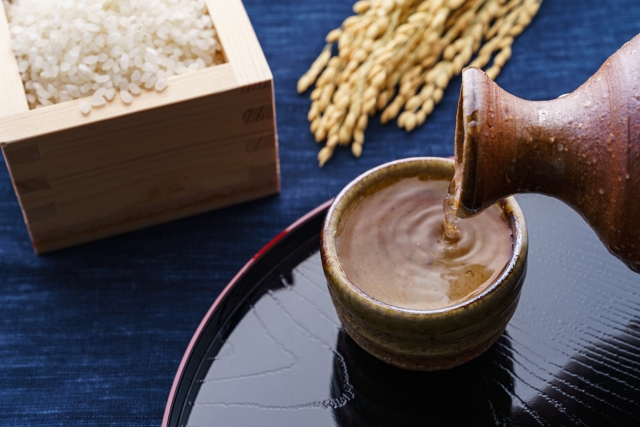
Welcome to the world of Japanese sake, a beverage as rich in history as it is in flavor. As the popularity of sake grows globally, many newcomers find themselves curious not just about the taste but also about the nutritional aspects of sake, including its caloric content. This guide aims to demystify sake calories, offering insights into how you can enjoy this exquisite drink without guilt.
Introduction to Sake and Its Caloric Content
Sake, Japan's famed rice wine, is crafted through the meticulous fermentation of polished rice. While often celebrated for its complex flavor profiles and cultural significance, the caloric content of sake is a topic of interest for health-conscious drinkers. Like all alcoholic beverages, sake contains calories, but how does it stack up against your favorite beer, wine, or spirit?
The Caloric Content of Sake

How Many Calories Are in a Serving of Sake?
A standard serving of sake (approximately 180ml or "1 go") typically contains about 180-190 calories. This can vary slightly depending on the specific type of sake and its brewing process, but it provides a general baseline for those counting calories. When we examine sake by the 100ml serving, it contains about 100 calories. This makes sake moderately calorie-dense, primarily due to its alcohol and residual sugar content.
Sake Compared to Other Alcoholic Beverages
| Beverage Type | Calories per 100ml | Alcohol Content (%) |
| Sake | 100 | 15-16 |
| Beer | 43 | 4-6 |
| Wine (red) | 85 | 12-15 |
| Wine (white) | 82 | 12-15 |
| Vodka | 231 | 40 |
| Gin | 263 | 40 |
| Whiskey | 250 | 40 |
| Shochu | 105 | 25 |
| Soju | 130 | 16-20 |
| Plum Wine | 150 | 10-12 |
When comparing sake to other popular drinks, it's fascinating to see the caloric range. For instance, a 100ml serving of dry wine might contain about 82 calories, beer around 43 calories, and spirits such as vodka up to 70 calories per 30ml (due to its higher alcohol content). This puts sake in a competitive position, especially considering its rich flavor and cultural allure.
Nutritional Aspects of Sake

What's Inside a Bottle of Sake?
Sake's main ingredients include water, rice, koji mold, and yeast. This simple list belies the nutritional value found within, as sake contains a variety of amino acids, peptides, and a small number of vitamins and minerals contributed by the rice and koji. These components are thought to have beneficial effects, from aiding digestion to possibly improving skin health.
Does Sake Make You Gain Weight?
The myth that sake leads to weight gain may stem from its association with the rich, umami-laden dishes it often accompanies. However, like any alcoholic drink, sake's impact on weight is more about moderation and overall lifestyle choices than the beverage itself. Enjoying sake alongside balanced meals and maintaining a healthy lifestyle allows for guilt-free indulgence.
Enjoying Sake Without the Guilt

Low-Calorie Sake Options
For those particularly calorie-conscious, several breweries offer lighter sake options designed to be lower in calories while still delivering on taste. These varieties often undergo a brewing process that reduces residual sugars, resulting in a crisper, dryer sake with fewer calories.
Pairing Sake with Healthy Dishes
Sake's versatility makes it an excellent companion for a wide array of dishes, including lighter, healthier options. Try pairing a light, fragrant Junmai Ginjo with a fresh salad or sashimi to complement its subtle flavors without adding excessive calories to your meal.
Frequently Asked Questions About Sake and Calories
- Is sake keto-friendly? While sake is lower in carbs than beer, its sugar content may not make it ideal for a strict keto diet. However, in moderation, it can fit into a low-carb lifestyle.
- How does sake compare to soju in terms of calories? Soju, a Korean spirit, typically has higher alcohol content and slightly more calories per serving than sake, making sake a lighter choice for mindful drinkers.
Conclusion: Sake Calories Are Not High as You Might Think
Understanding sake's caloric content reveals that this traditional Japanese beverage can be part of a balanced, health-conscious diet. By choosing lighter varieties, pairing sake with nutritious dishes, and enjoying it in moderation, sake enthusiasts can appreciate the depth and diversity of sake flavors without compromising their nutritional goals. So, pour yourself a glass of sake and toast to your health and happiness.
The Health Benefits of Sake: Is Sake Good for your Health?
